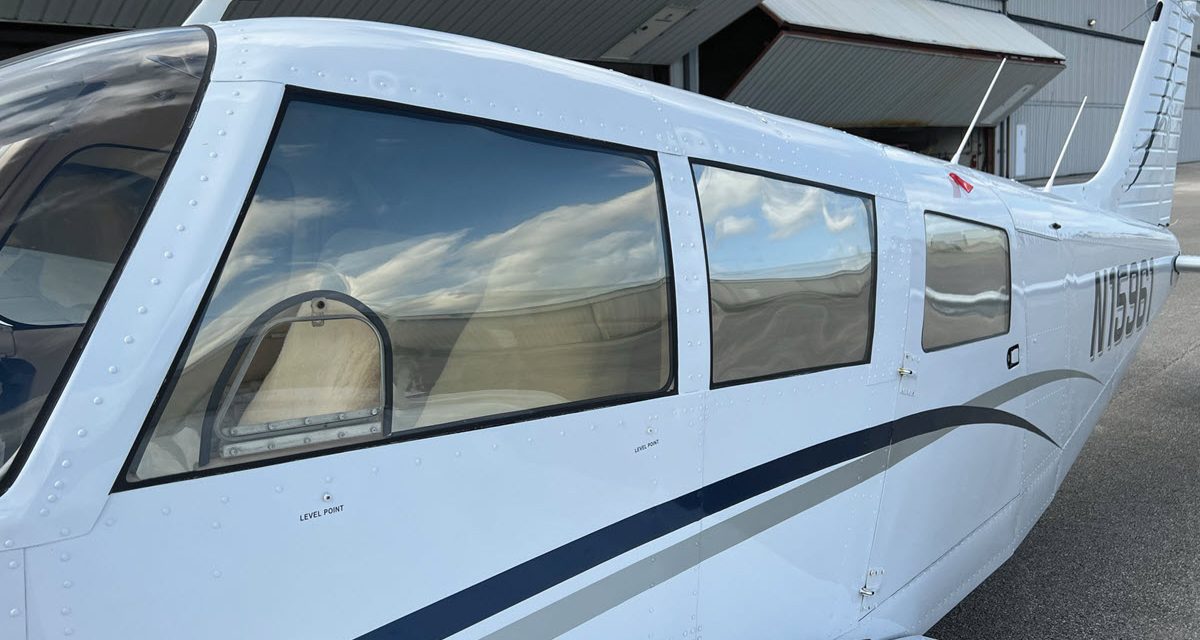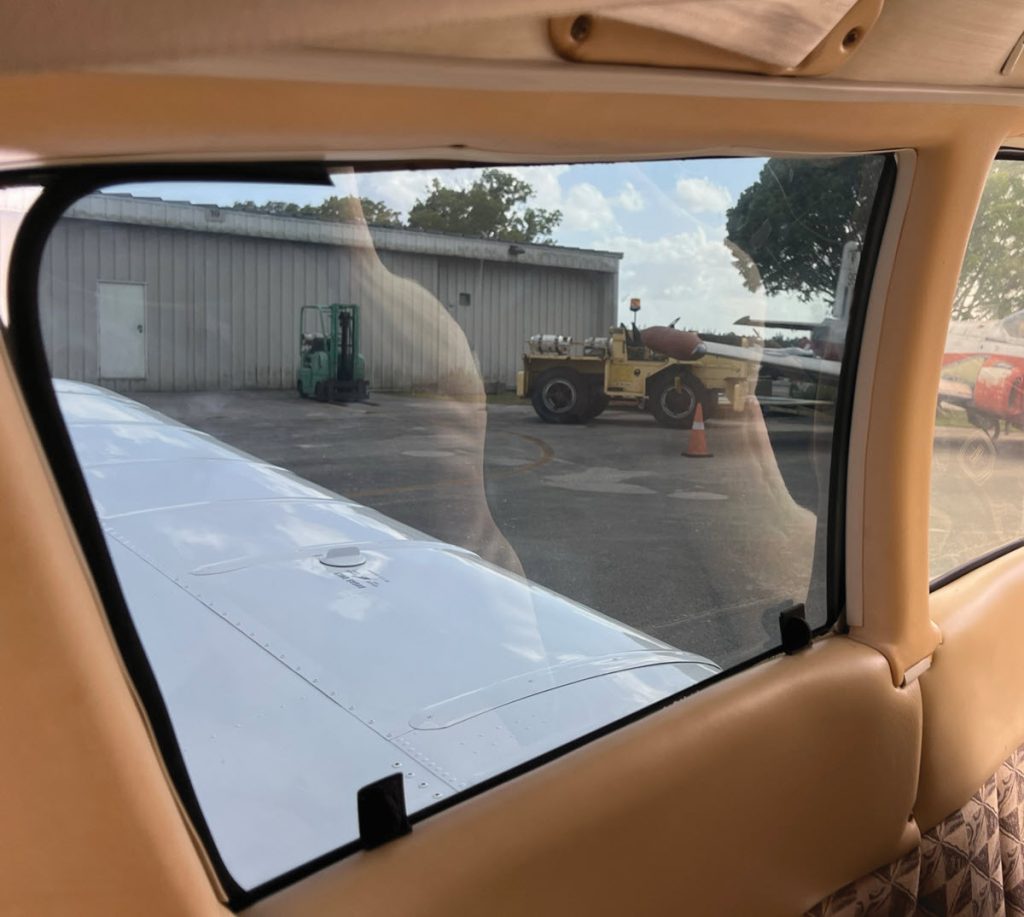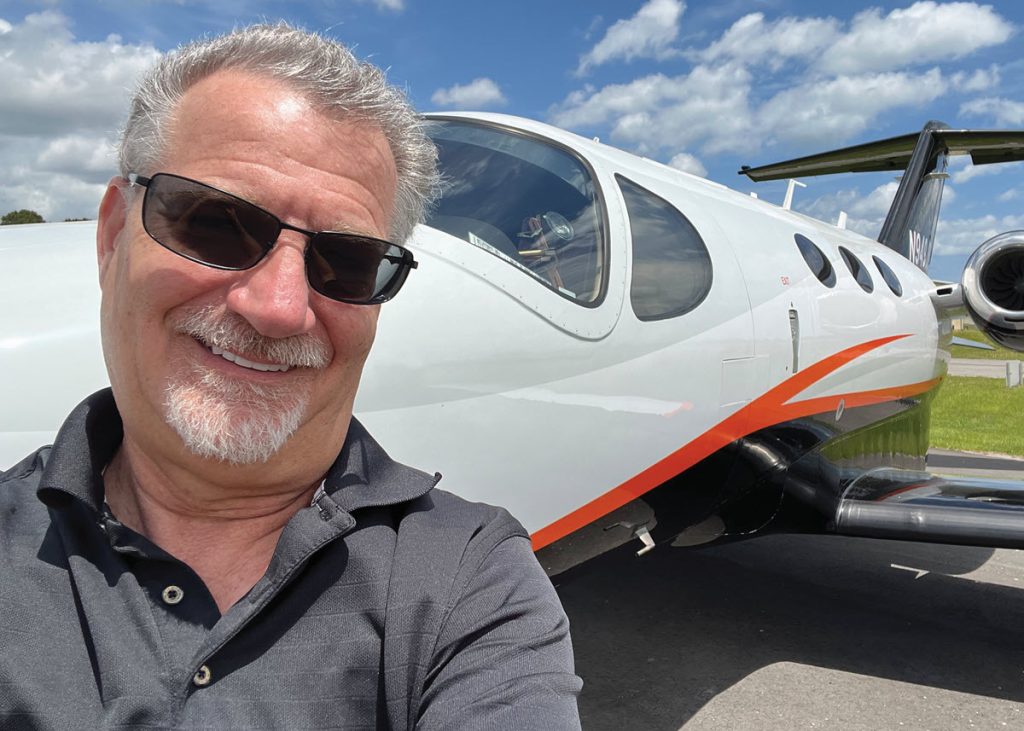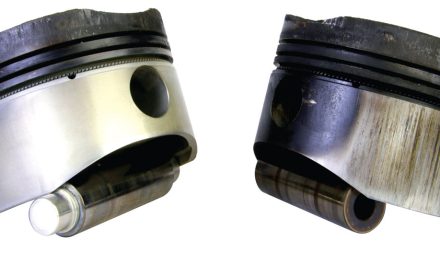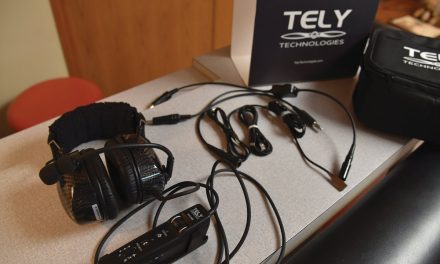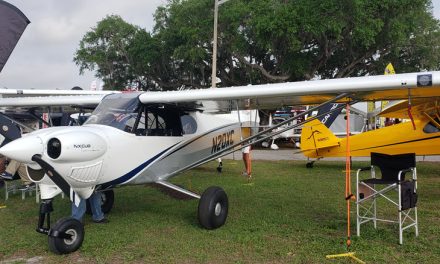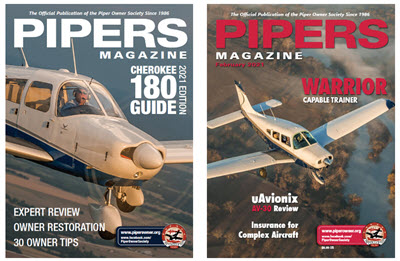By Kevin Duggan, Jet Shades
It’s a fact – research shows that UV intensity measured at ground level increases with altitude. Pilots are exposed to higher than ground level UV radiation every time they fly regardless of altitude, and while clouds do absorb some UV before it reaches the ground, they can also reflect and scatter UV back into the environment increasing exposure.
If you’re an airline pilot flying at 30,000 feet your levels of exposure are significantly higher. Why? The higher the altitude, the thinner the atmosphere, and the less natural UV protection. Whether you fly General Aviation (GA) at lower altitudes or as an airline pilot (or perhaps both), UV exposure is a serious concern.
High levels of UV exposure have been shown to increase the risk of melanoma and skin cancer. Recent research indicates that pilots face a higher risk of skin cancer compared with the general population. While UV exposure is a concern in other professions, pilots can receive a higher dose due to a lack of effective UV protection in most cockpit windows.
The Hidden Risks of UV Exposure
Beyond the long-term risk of melanoma, UV exposure presents immediate challenges in the cockpit, including eye damage, pilot fatigue, and dehydration. The FAA reports solar energy, in general, can cause glare, eye strain, and reduced visibility. All of these have a negative impact on one of the most critical skills every pilot needs: situational awareness.
Aircraft windows, particularly those in general aviation aircraft, provide little protection against UV rays. Most are made from clear acrylic, which does not inherently block UV unless specifically treated and identified as UV blocking. Unlike commercial airliners, which have begun incorporating UV-blocking acrylic, most general aviation aircraft windows lack built-in sun protection.
Understanding UVA & UVB Radiation
- UVA Rays (320-400 nm): Penetrate deep into the skin, increasing the risk of melanoma and premature aging.
- UVB Rays (290-320 nm): Cause sunburn and contribute to skin cancer.
Prolonged exposure to solar energy affects not only pilots but also the aircraft itself. UV radiation can fade and degrade the interior, avionics, reduce air conditioning efficiency, and cause uneven cockpit temperatures, leading to additional discomfort for both pilots and passengers.
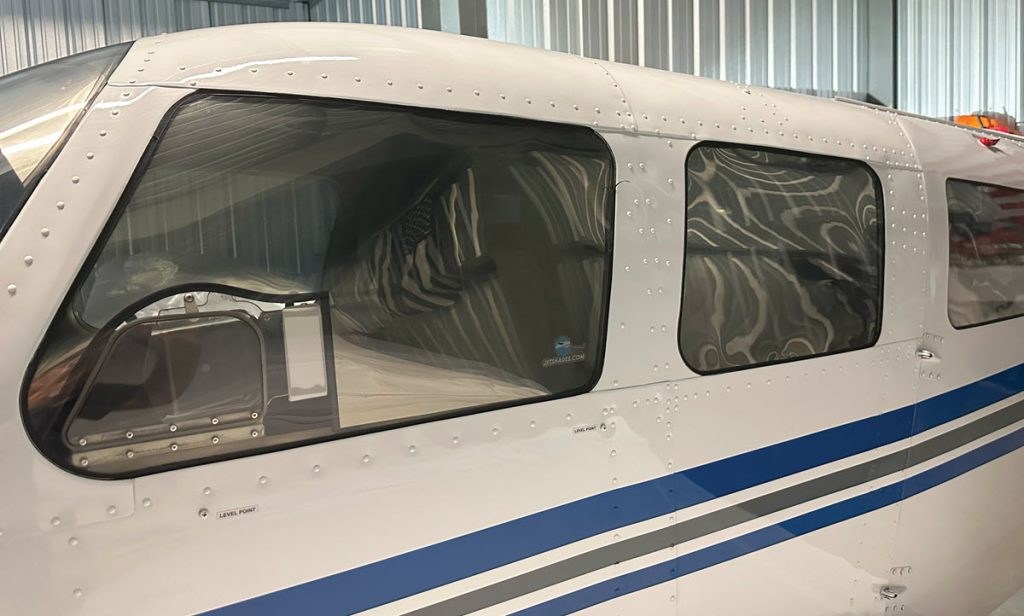
Sun Protection Options for Pilots
As pilots, we all know the importance of taking basic sun protection measures, such as wearing UV-blocking sunglasses, applying sunscreen, and opting for long-sleeved clothing. While these steps provide some defense, they don’t address the bigger challenges of cockpit UV exposure, glare, and heat that can impact comfort and safety during flight.
What Not to Do: FAA Restrictions on Window Modifications
You should not tint your aircraft windows. Yes, it’s been done, and window tinting kits have been sold, yet it is a clear violation of FAA regulations. Why? Window films use adhesives, and you cannot modify a certified aircraft (and this is a window modification) without an STC (Supplementary Type Certificate) for each aircraft model and type. The window film itself would require a PMA (Part Manufacturing Authorization), in addition to a logbook entry from a certified aircraft mechanic.
Static cling films may help block some light, but they do not provide UV and heat blocking. Be careful – leaving a static cling film on a window while parked with a foil guard behind it can crack a cockpit window within a day.
Beware of suction cups and micro suction tape as well. The ‘ring’ that forms when a suction cup is left in place is an indicator of the acrylic moving, and micro suction tape simply falls off as pressure and temperature changes in the aircraft. If holding a shade, it could fall right on top of a pilot during a crucial phase of flight.
Bottom line: Solutions that are not approved by the FAA can ground your aircraft, be a nightmare to remove, crack your windows, cause it to fail a pre-buy inspection, or even worse – have a shade device fall on top of the pilot during takeoff or landing.
FAA-Compliant Sun Protection Options
One option for mitigating cockpit heat and glare is replacement aircraft windows with built-in UV and infrared (IR) heat reduction capabilities. CoolView windows, for example, block 99.9% UV and 73% IR heat, significantly reducing cockpit temperatures and improving in-flight comfort. These windows require professional installation and represent a long-term investment for pilots seeking a permanent solution to heat buildup.
Another option is removable sun-blocking panels, which offer protection from UV radiation, heat, and glare without requiring modifications to the aircraft. Jet Shades, for instance, block 99.9% of UV rays, 58-78% of heat, and 80% glare, providing comprehensive sun protection. These panels are custom-fit to individual aircraft models and can be installed by the pilot without requiring an STC. They offer the flexibility of being used both in-flight and while parked on the ramp to maintain a cooler cabin and protect the aircraft interior.
Pilots should carefully assess their specific needs when selecting a sun protection method. Regardless of the approach, any dermatologist would advise pilots to take precautions – whether through proper eyewear, protective clothing, or FAA-compliant window sun protection.
Final Thoughts: Fly Smart, Stay Protected
UV exposure in the cockpit is unavoidable, but proactive steps can make flying safer and more comfortable. From aviation-rated sunglasses to cockpit window sun protection, pilots have multiple ways to defend against UV damage. Choosing the right combination of solutions ensures not just comfort, but also long-term health and cockpit safety.
Kevin J. Duggan is a commercial rated, 3,000 hour, GA piston and jet pilot. He is also a global consultant on Operational Excellence, an author of four books on Operational Excellence, and the inventor of Jet Shades, jet-shades.com.

